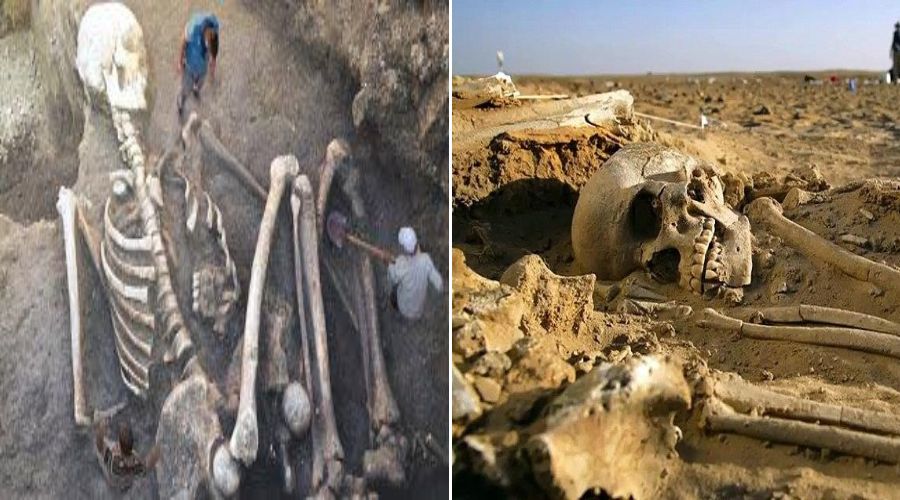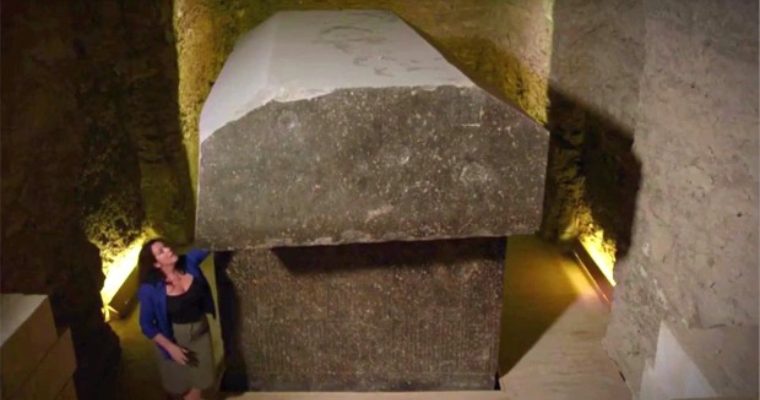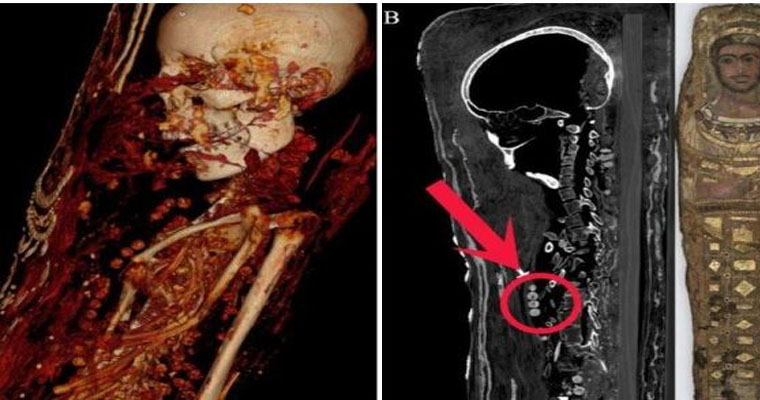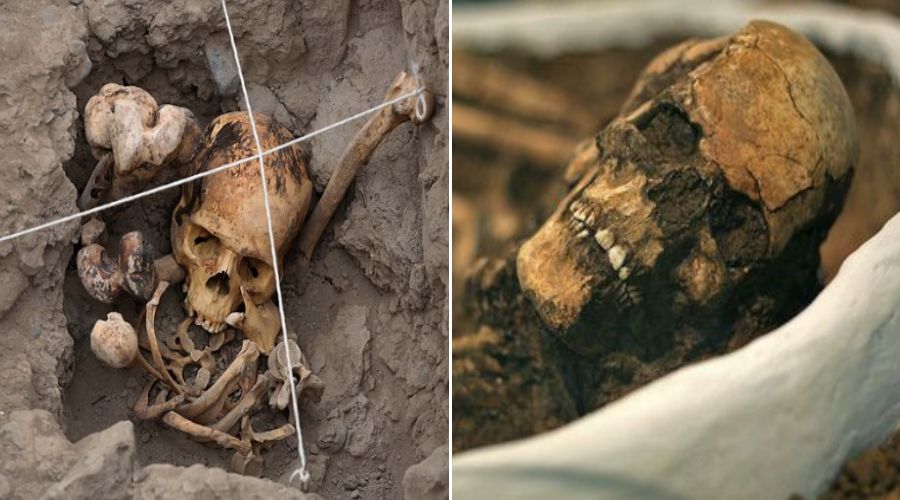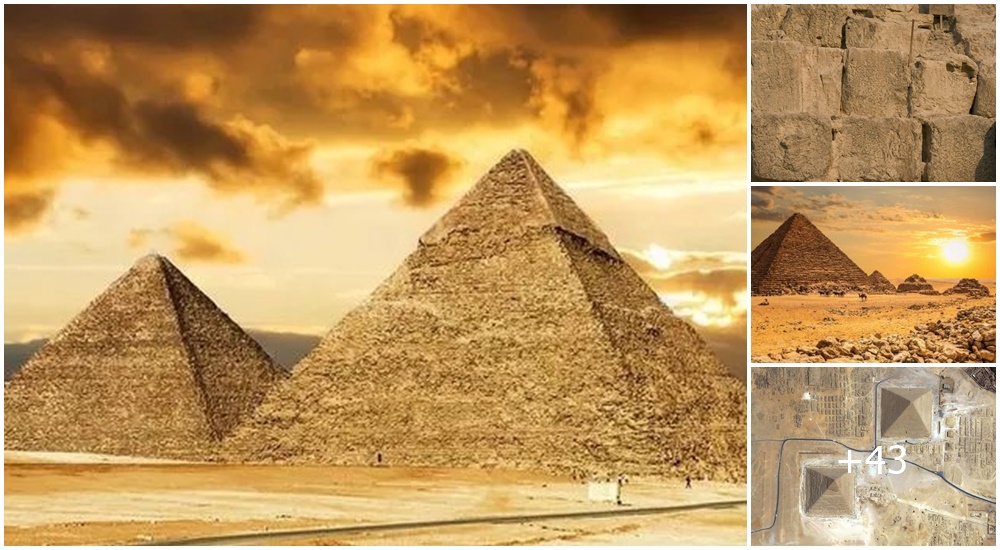ON JULY 13, 1990, A team of speleologists (scientists who specialize in the study of caves) discovered the mummy of a four month-old baby in the ‘Asi-al Hadath grotto in the Qadisha Valley of Northern Lebanon.

The scientists dubbed the baby mummy Yasmine and they eventually discovered four more babies, three adult women, the skull of a man, and one fetus that kept Yasmine company for the last 700 years. Yasmine was found with strands of hair in her toes, a local custom that continues today where a mother will pull out strands of her own hair while kissing the feet of her child’s corpse. Other artifacts from the cave – coins, ceramics, Syrian and Arabic manuscripts, household items – date the bodies to approximately 1283 AD.
Yasmine, the first mummy discovered in the ‘Asi-al-Hadath grotto.
”The shrouded body belonged to a four-month-old infant. Her discoverers named her Yasmine. Clothed and fully interred only 40 cm below ground, she was lying on her back alone in the grave, her head resting on a smooth stone. Yasmine was carefully wrapped in gauze by the team and transported from the grotto to the laboratory. Beneath her shroud, she wore three dresses -one blue, with a beige dress over it and a more elaborate dark beige dress embroidered with silk threads over both. Her head was covered with a headdress, under which she wore a headband made of silk.
She was adorned with one earring and a necklace garnished with hand-blown glᴀss pearls and two coin pieces dated to the era of the Sultan Mamluk Baybars. Found nearby were a darker lock of human hair, bay leaves, almonds, walnuts, garlic and onion peels (Gersl 1993: 38-40). Little Yasmine was introduced to the world as the first known mummy of her people.”
The baby had been buried with her mother. She was laid to rest in the same style the Lebanese bury mothers with infants today – with the baby placed at her mother’s left shoulder.
At that time, the region was known as the County of Tripoli, and the majority of its residents were Maronite Christians. Historically, the persecuted Maronites sought refuge in the Qadisha Valley’s many caves, and it is believed that the people found in the ‘Asi-al Hadath grotto died during a siege by Mamluk invaders from Egypt. The dry air and low humidity of the cave allowed the bodies to become naturally mummified; Yasmine and her companions lay there together, untouched and undiscovered, for seven hundred years.
Today, the mummies can be found at the Lebanese National Museum in Beirut. Regrettably, they are in danger of deterioration. Even substances like phenol, which was designed to help preserve and protect the mummies, can be dangerous to them. Dramatic temperature changes, urban fumes, soot, dust, and pollution threaten the mummies more than natural conditions ever could.
the baby named Yasmine was dressed in three dresses. One of them was blue, the second beige, and the last a dark beige decorated with silk thread embroidery. She also wore a beautiful silk headband.







